 Last additions - Other Sights Last additions - Other Sights |
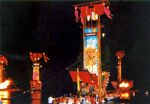
Hôryu Tanabata Kiriko Festival held on Aug. 7 in Suzu. 宝立七夕キリコ祭https://www.hot-ishikawa.jp/kiriko/en/kiriko/houryu.php
写真提供:©石川県観光連盟Jul 02, 2020
|
|
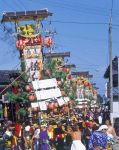
Takojima Kiriko Festival held in autumn in Suzu. Floats have lots of lacquered parts. 蛸島キリコ祭りhttps://www.hot-ishikawa.jp/kiriko/en/kiriko/takojima.php
写真提供:©石川県観光連盟Jul 02, 2020
|
|
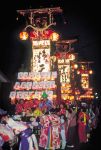
Takojima Kiriko Festival in Suzu. 蛸島キリコ祭りhttps://www.hot-ishikawa.jp/kiriko/en/kiriko/takojima.php
写真提供:©石川県観光連盟Jul 02, 2020
|
|
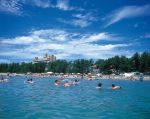
Hachigasaki Beach 鉢ヶ崎海水浴場写真提供:©石川県観光連盟Jul 02, 2020
|
|

Hachigasaki Beach 鉢ヶ崎海水浴場写真提供:©石川県観光連盟Jul 02, 2020
|
|
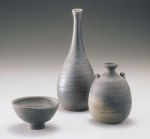
Suzu pottery写真提供:©石川県観光連盟Jul 02, 2020
|
|
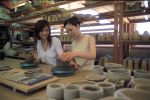
珠洲市陶芸センター写真提供:©石川県観光連盟Jul 02, 2020
|
|
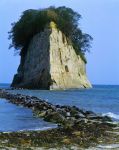
Mitsukejima island has a rock bridge for easy access. There's Mitsuke Shrine and wild birds like crows and cormorants. Uninhabited by humans.写真提供:©石川県観光連盟Jul 02, 2020
|
|
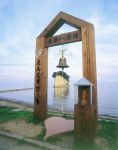
Lover's bell at Mitsukejima. The nearby beach has a swimming beach park, rest house, and camping grounds. Accessible by local bus from Wajima and Kanazawa.写真提供:©石川県観光連盟Jul 02, 2020
|
|

Made of white, diatomite rock, Mitsukejima island is 150 meters long, 50 meters wide, 28 meters high, and a perimenter of 400 meters, capped with Japanese pine trees. Free admission.写真提供:©石川県観光連盟Jul 02, 2020
|
|

Nicknamed "Battleship Island" (Gunkanjima), Mitsukejima island is Suzu's most famous attraction about 200 meters from shore. 見附島"Mitsukejima" means "Found Island," supposedly named by the priest Kukai (Shingon Buddhist sect founder) when it was the first island that he "found" on his way back from Sado island in Niigata. It was also "found" by a deity who descended here.
写真提供:©石川県観光連盟Jul 02, 2020
|
|

Kihe'e-don is the former residence of the Sakurai family who engaged in salt and lacquer production. The "don" is the highest honorific in the Noto dialect. 喜兵衛どんBuilt in the mid-Meiji Period, it is a museum which attempts to show how the upper-class farmers of that time lived.Jun 29, 2020
|
|
|
|